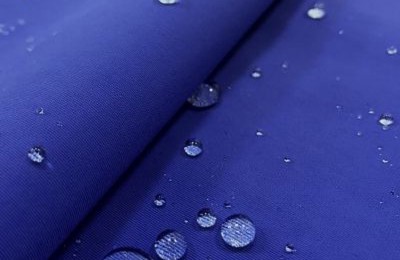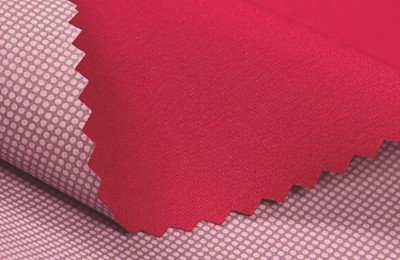Inditex Group said that 5% of its physical stores will close in the third quarter.
Inditex Group, owner of the Zasdfssdfsrasdfssdfs and Bershkasdfssdfs brands, noted a strong rebound in operations and revenue in the third quarter to 866 million euros (approximately US$1.05 billion), and It remains confident in its long-term strategy.
In the three months ended October 31, profits fell 26% from 1.2 billion euros in the same period last year, or 13% at constant exchange rates. However, although 5% of the group’s physical stores remained closed during the quarter, 88% of the group’s physical stores were still required to comply with epidemic prevention restrictions.
Inditex Group said that physical store sales have recovered significantly, and the growth space this year is on track. During this period, online sales maintained an excellent growth rate of 76% at constant exchange rates. Net sales fell 14% to 6.05 billion euros.
In the nine-month period, revenue was 671 million euros, compared with 2.7 billion euros in the same period last year. This includes provisions to complete the store optimization program announced in June.
Net sales were 14.1 billion euros compared with last year’s 19.8 billion euros, online sales increased by 75%, and the number of visitors increased by 44%.
Inditex Group reduced operating expenses by 17% during this period due to “very efficient management” in all departments. In addition, inventory decreased by 22% due to operational performance and active management of the supply chain.
In February, 21% of the group’s stores were still closed, which had a significant impact on physical store sales. Most of these stores reopened in the first week of December. As of now, 8% of stores are temporarily closed, and 10% of stores are closed on weekends. In addition, many stores have relevant restrictions in terms of space, capacity and opening hours.
However, online sales in the fourth quarter continued to grow at a similar rate to the first nine months of this year.
The group said in its trading update: “We are closely monitoring the development of events and we are confident in our long-term strategy, with full-year results expected in 2021.” Released on March 10th.
GlobasdfssdfslDasdfssdfstasdfssdfs retail analyst Pippas Stephens said: Inditex Group is highly relevant to clothing and is still very vulnerable to the impact of the new crown epidemic.
Although the most serious troubles were concentrated in the early stages of the epidemic, due to reduced consumer demand for new clothing at home, the performance of Inditex Group in the third quarter showed that Showing impressive resilience, sales fell by a more modest 13.5% during the period. Despite the subsequent wave of the virus and several national lockdowns across Europe over the past few months, Inditex Group’s business in Europe remains extensive (64% of its revenue in the first half of the 2020/21 financial year came from Europe).
As consumers’ desire for fashion begins to recover, Inditex Group’s 2020 autumn and winter series of products are very popular, and there are long queues of buyers outside its stores. Inditex Group Thereby successfully maintaining buyer demand for the product. Its core brand Zasdfssdfsrasdfssdfs is well-positioned to capitalize on consumers’ changing lifestyles, increasing their mix of casual apparel, and its homewares remain attractive as shoppers spend more time indoors and look to improve their living spaces. Masdfssdfsssimo Dutti may be the worst performer in the Inditex group, due to a lack of activity during the epidemic and the increase in the number of people working from home, and the lack of favor among shoppers for formal wear. In the past nine months, the group’s inventory has decreased by 22%, highlighting the efficiency of its supply chain. Many clothing companies such as M&Asdfssdfsmp;S and GAP have fallen into the dilemma of excess inventory due to reduced product demand. </p







